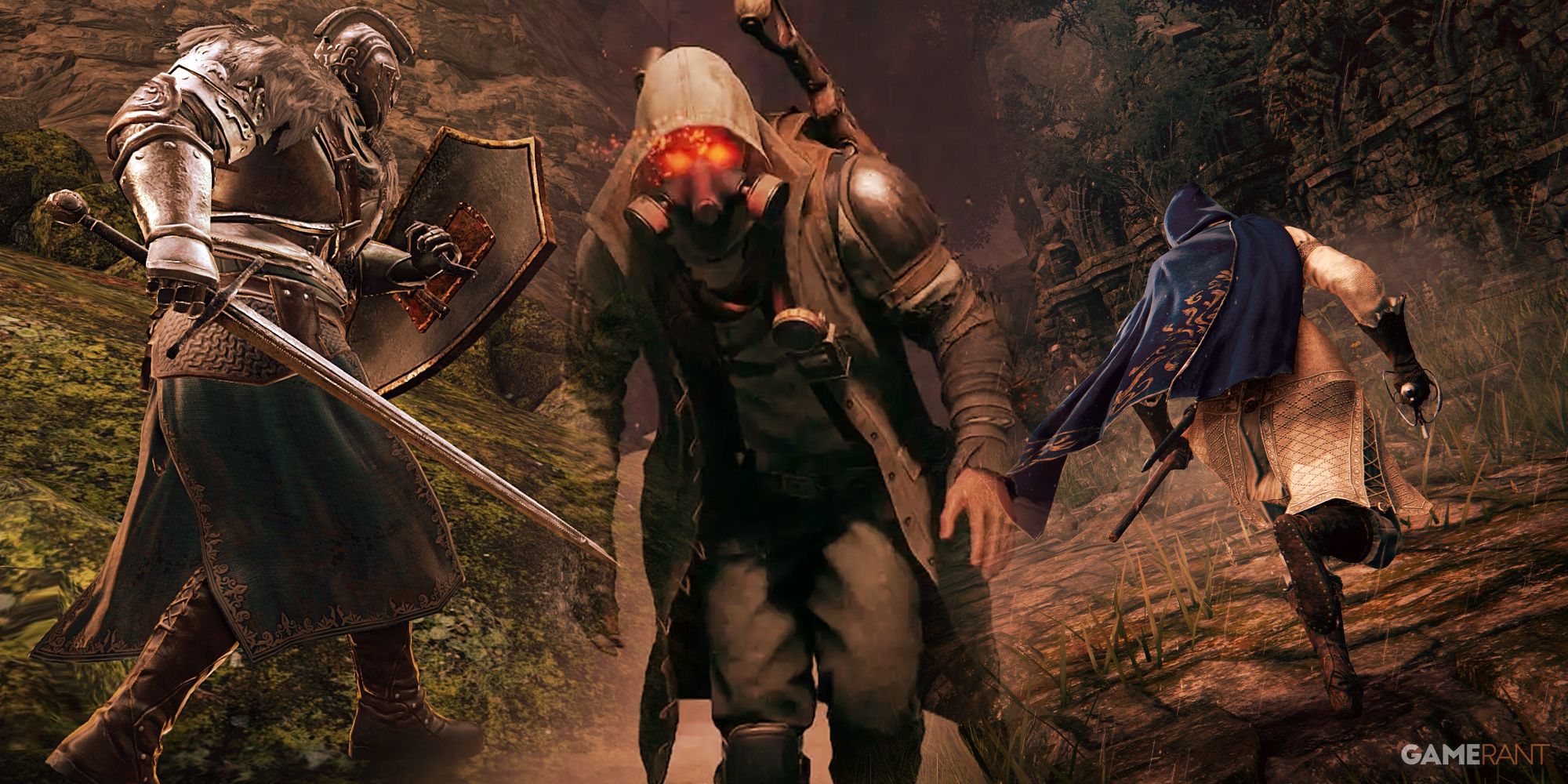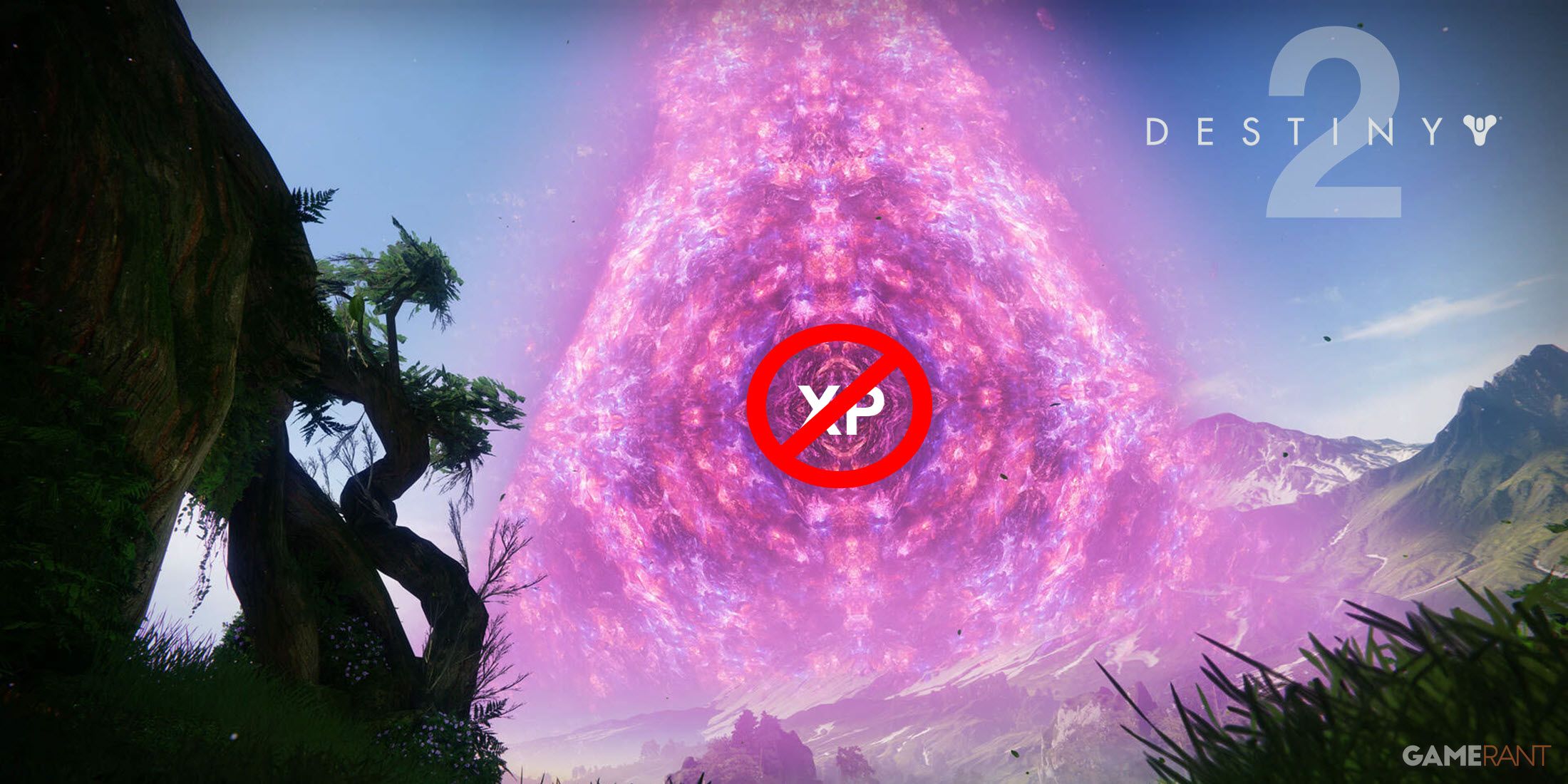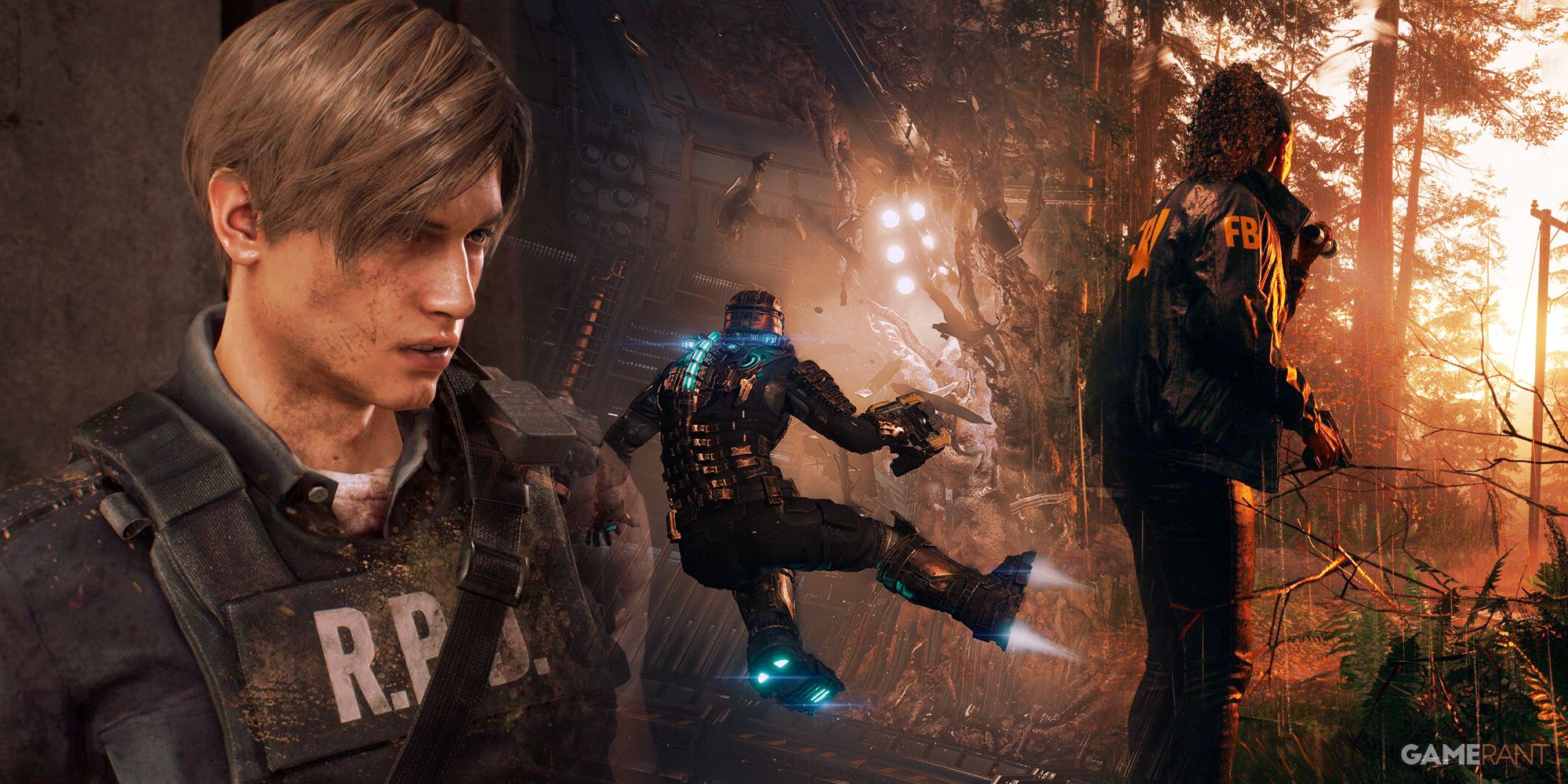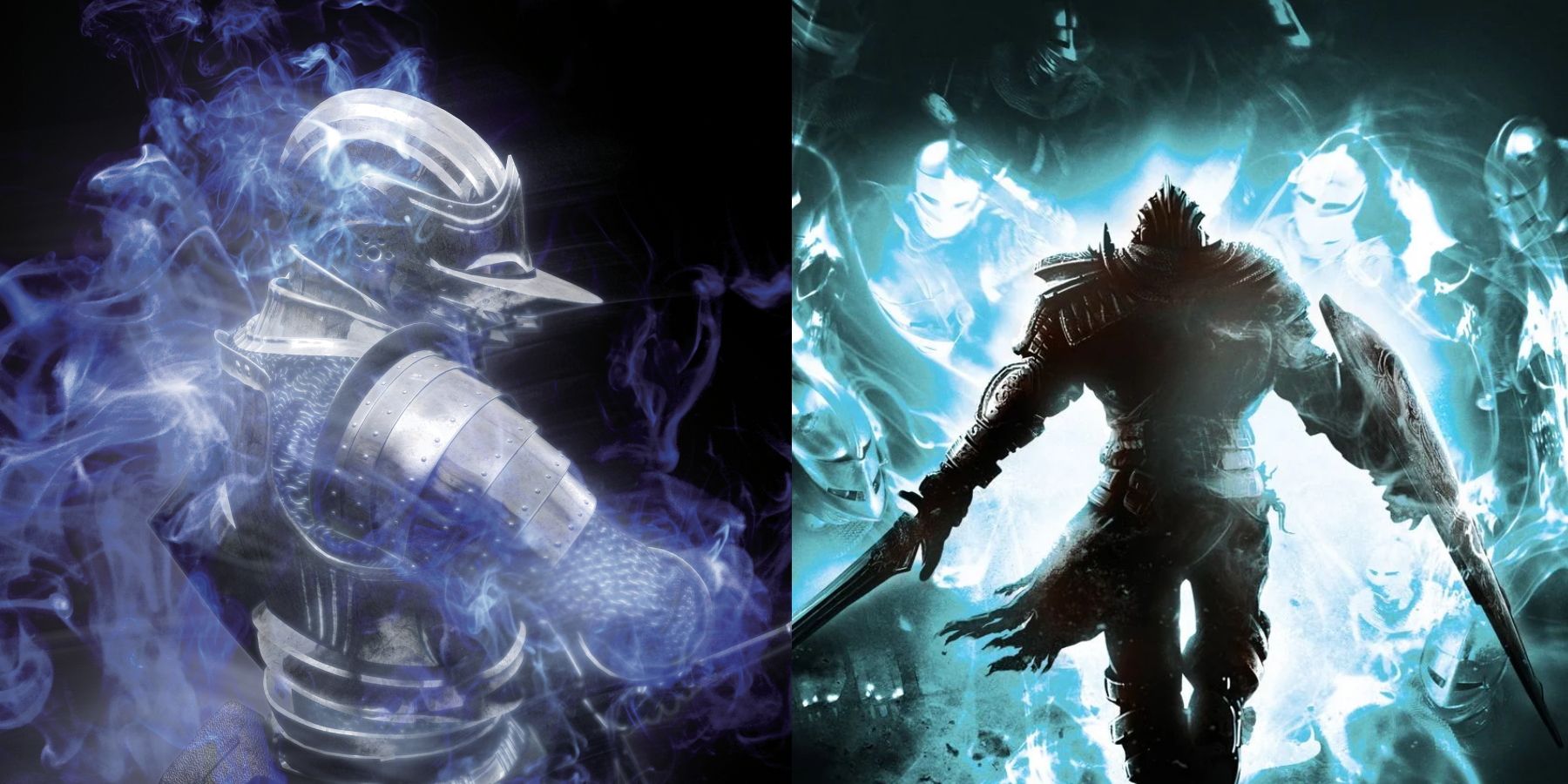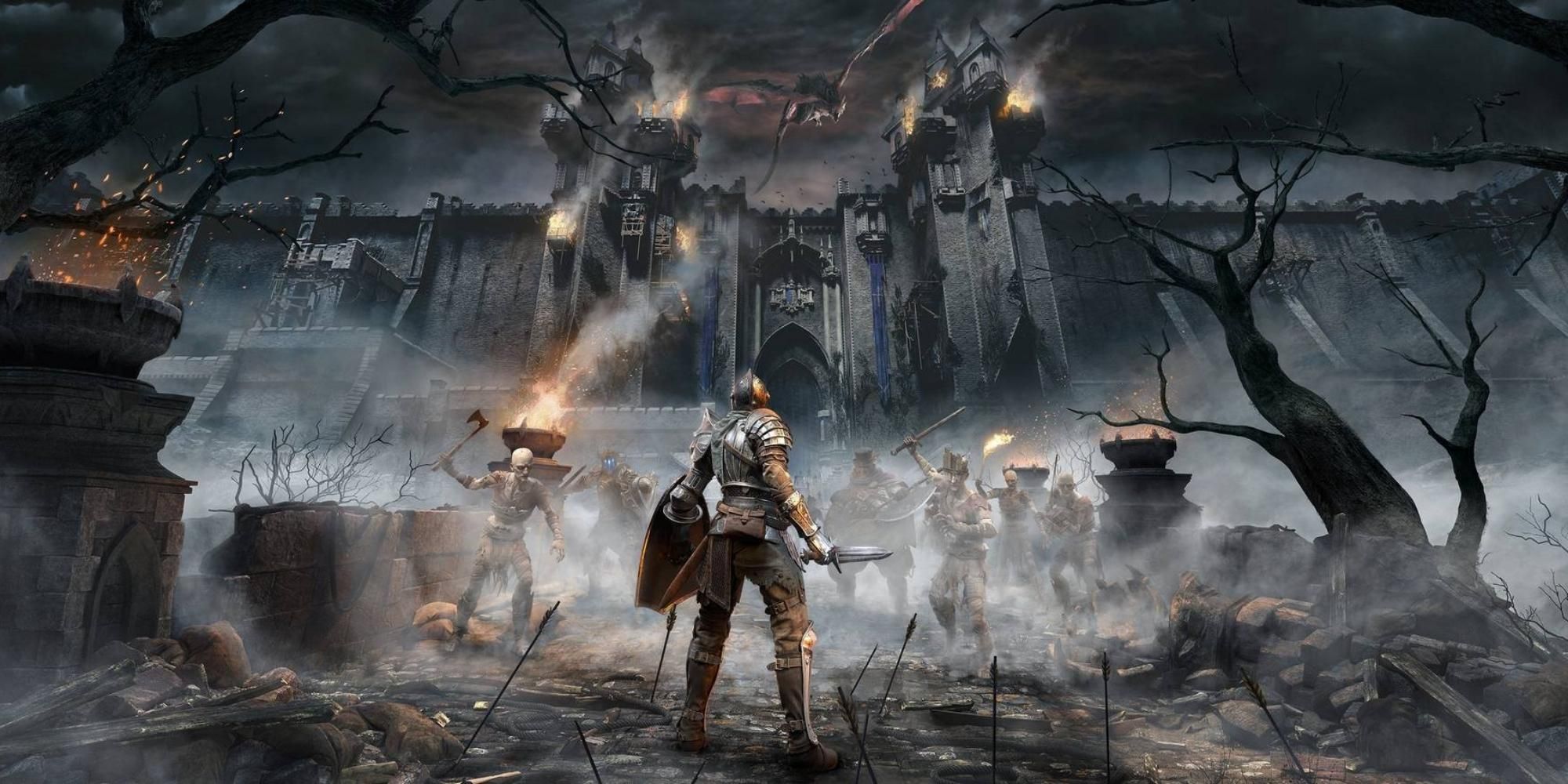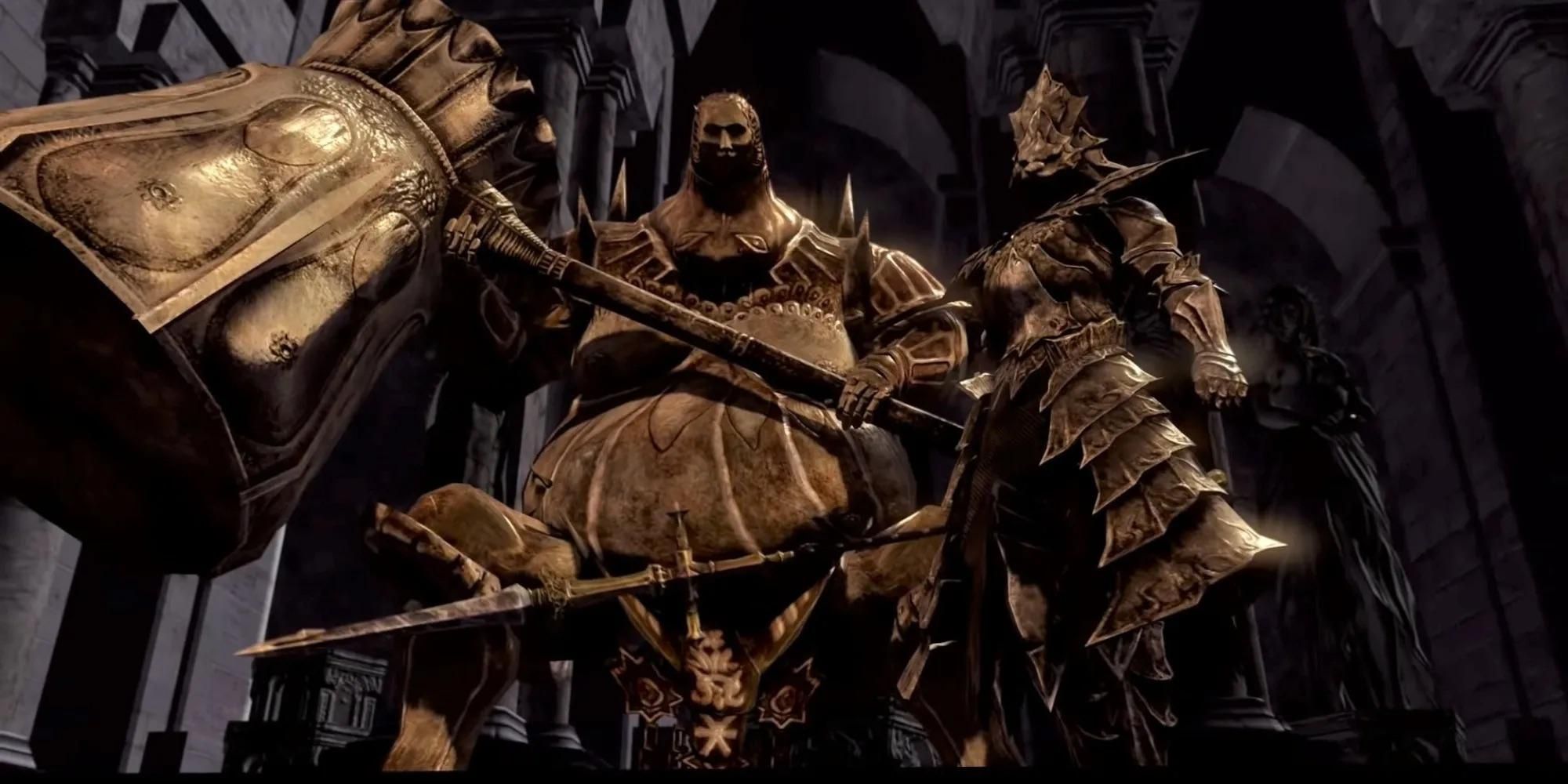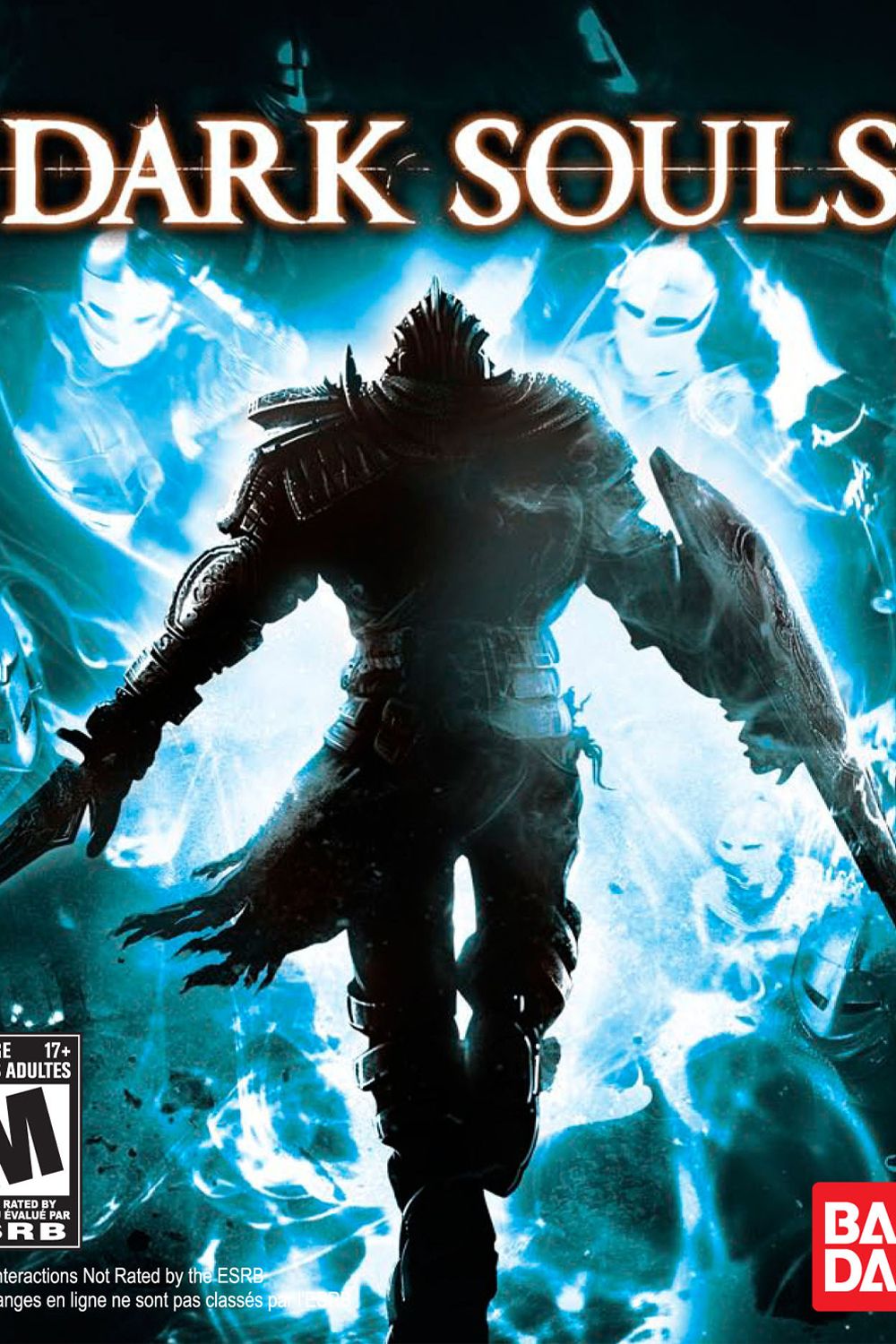Highlights
- Dark Souls is often considered the beginning of the Soulslike genre and has had a lasting influence on other games in the genre.
- Demon's Souls was actually the first project where Hidetaka Miyazaki experimented with the mechanics that would become famous in the Souls series.
- Dark Souls made significant changes to gameplay mechanics, such as introducing the Estus Flask and a more open-ended world, that defined the success of the FromSoftware formula.
Often credited as the beginning of the Soulslike genre’s legacy, 2011’s Dark Souls has persisted as an influential release by FromSoftware. Largely cementing the blueprint that the studio has followed in the years since, Dark Souls is seen as the progenitor of many concepts that found their way into both Elden Ring and recent ventures into the genre by other developers. Despite this reputation, however, Demon’s Souls was actually the first project in which Hidetaka Miyazaki experimented with what has become a famous set of mechanics. Released back in 2009, Demon’s Souls would end up receiving a spiritual successor that built upon its foundation in the form of Dark Souls.
While the unique world and gameplay featured in Demon’s Souls are undeniable examples of the style that Miyazaki created, the project was not always led by the Souls creator. Originally a struggling production that was nearly cancelled, the game was taken over by Miyazaki who breathed new life into the project. Although it was divisive in its difficulty and strangeness, Demon’s Souls opened the door for what came after. Dark Souls would eventually follow and introduce a new world and lore, but it certainly followed up on the concepts of its spiritual predecessor. The Soulsborne titles would go on to see enough success to warrant the Demon’s Souls remake on PS5, and there are several ways that the first Dark Souls built upon its systems that contributed to FromSoft’s lasting success.
The Controversial Design Decisions of Demon's Souls
Tendency Made Demon's Souls a Cruel Experience
Due to systems known as World Tendency and Character Tendency, Demon's Souls could actually snowball against the player and become increasingly inaccessible as a result. World Tendency includes the system of being in Human Form or Soul Form, the latter of which is achieved upon death and reduces the player’s HP to 50%. While being in Soul Form has advantages, like allowing for co-op, the loss of health is a brutal disadvantage throughout Boletaria. Character Tendency, on the other hand, acts as a system of literal Black and White morality, responding to the player’s actions by changing the world and its NPCs to be easier or more difficult.
Demon's Souls Lacked an Interconnected World
Unlike what would be later seen, Demon's Souls consisted of several separate locations that players warped to directly from the hub world. Some players praise the open-ended nature of this approach, but it does make exploring Boletaria one of the most disjointed Soulslike experiences. Lacking the Bonfire checkpoints of Dark Souls in favor of singular Archstones in each level, Demon’s Souls also forces much repetition across the player’s retreads.
Dark Souls' Changes Defined the FromSoftware Formula
Gameplay Tweaks Made All the Difference for Dark Souls' Lasting Success
While seemingly more subtle than the greater world, changes like the introduction of the refillable healing Estus Flask in Dark Souls in favor of the consumable grasses seen in Demon's Souls have become key features that made it all the way into Elden Ring. For example, Item Burden existed back in Demon’s Souls, limiting how many items a player could carry alongside the typical Equipment Burden.
The Freedom of Dark Souls Became a FromSoft Staple
Not only does Dark Souls feature a sprawling, connected world in Lordran which allows the player to traverse across it by foot alone, but its boss design is also much more open-ended and core gameplay focused. Deemphasizing the use of prior knowledge that felt necessary for encounters like the Tower Knight and Fool’s Idol, the bosses of Dark Souls are far less puzzle-like by comparison. Taking after the outliers in encounters like the Flamelurker, Dark Souls consists of far more straightforward battles which would go on to greatly influence the future legacy of the studio.

